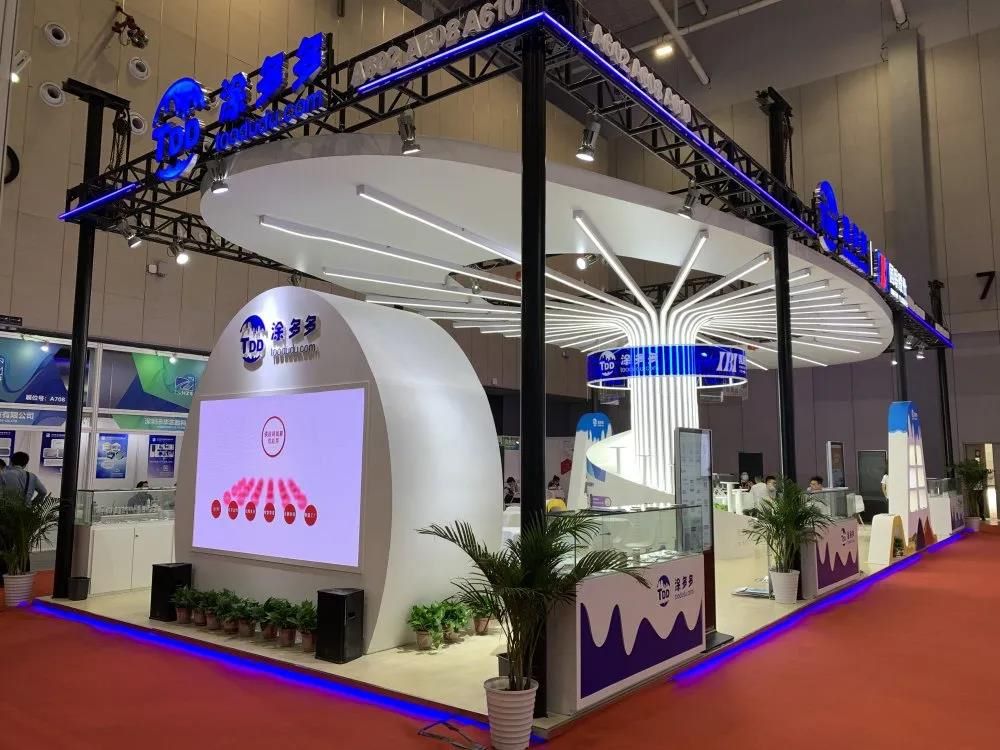Ultra-High Performance Tires: Mechanics & Compromises
Ultra-high performance tires, as a "weapon for the feet" specially designed for racing cars and high-performance vehicles, contain many exquisite designs and technologies in their working principle.
Its primary task is to increase traction and provide solid safety protection for vehicles when driving at high speeds and fiercely maneuvering, and there is a complex and systematic operating mechanism behind this.
From the physical structure of the tire, the rubber contact area of traction tires is slightly larger than that of ordinary tires. A larger contact area means that the tire "shakes hands" with the ground more tightly, and stronger friction can be generated during the movement of the vehicle, thereby effectively increasing traction.
This design allows the vehicle to more efficiently transfer power to the road surface during starting, acceleration, braking and other links, avoiding the occurrence of slipping.
Special rubber compounds are another key to the strong grip of ultra-high performance tires. The rubber material used in these tires is harder, and the rubber density in the grooves is higher, and the groove depth is correspondingly reduced.
When the vehicle is driving, the hard and high-density rubber can better fit the subtle ups and downs of the road surface, transfer more torque to the road surface, and further enhance grip. For example, when a car is turning at high speed, this strong grip allows the vehicle to stick to the curve at a very high speed and complete precise control.
At the same time, harder tires can also act as "road information transmitters". It can provide more direct and rapid feedback to the driver on the road conditions, such as flatness and roughness, so that the driver can perceive the interaction between the vehicle and the road in time and make more accurate driving decisions.
Especially when the vehicle is turning and steering at high speed, good grip and clear road feedback can effectively avoid accidents caused by improper control and ensure driving safety.
However, ultra-high performance tires are not perfect. While bringing excellent performance, they are also accompanied by many compromises.
The most notable of these is its high sensitivity to the use environment. This type of tire can perform best in summer and dry weather conditions. When the temperature is low, the special rubber compound used in ultra-high performance tires will become stiff and lose its original elasticity and flexibility.
This will cause the tire to have poor contact with the ground, a significant decrease in grip, a longer braking distance for the vehicle, and a serious impact on handling. For example, in the low temperature environment of winter, the braking distance of vehicles equipped with ultra-high performance tires may increase by several meters compared with that at normal temperature, which undoubtedly greatly increases the driving risk.
In addition to being affected by temperature, ultra-high performance tires also perform poorly in wetlands and rainy days. Due to the shallow depth of their grooves, the drainage performance is far inferior to tires designed specifically for wetlands.
When the vehicle is driving on a flooded road, the shallow grooves cannot quickly and effectively drain the accumulated water between the tire and the ground, which can easily lead to "hydroplaning".
Once hydroplaning occurs, a layer of water film will form between the tire and the ground, causing the tire to lose direct contact with the ground. The vehicle will be like driving on ice, completely losing grip and controllability, and it is very easy to cause serious traffic accidents.
In addition, the service life of ultra-high performance tires is relatively short. Due to their special rubber formula and structural design, the tires wear faster than ordinary tires during daily driving. Frequent high-speed driving, intense driving, and friction with rough roads will accelerate tire wear.
This means that car owners need to replace tires more frequently, increasing the cost of use. At the same time, the price of ultra-high performance tires is usually much higher than that of ordinary tires, which further increases the economic burden on consumers.
Not only that, the comfort of ultra-high performance tires has also been sacrificed. The harder rubber and tighter structural design weaken the tire's ability to filter road bumps. During the vehicle's driving, the driver and passengers can obviously feel more vibrations and bumps, and long-term driving can easily cause fatigue, affecting the driving experience.
Moreover, due to its unique design, the tire noise generated by ultra-high performance tires during driving is relatively large, which will affect the quietness of the car.











